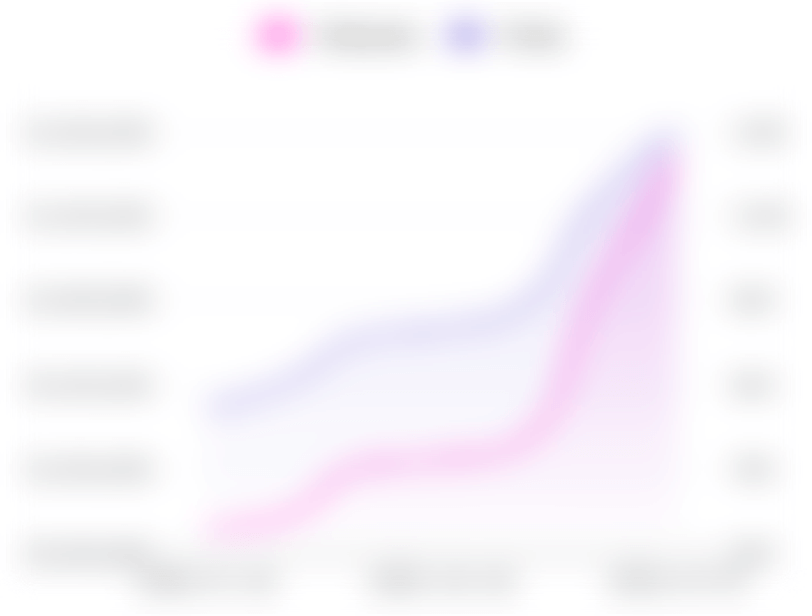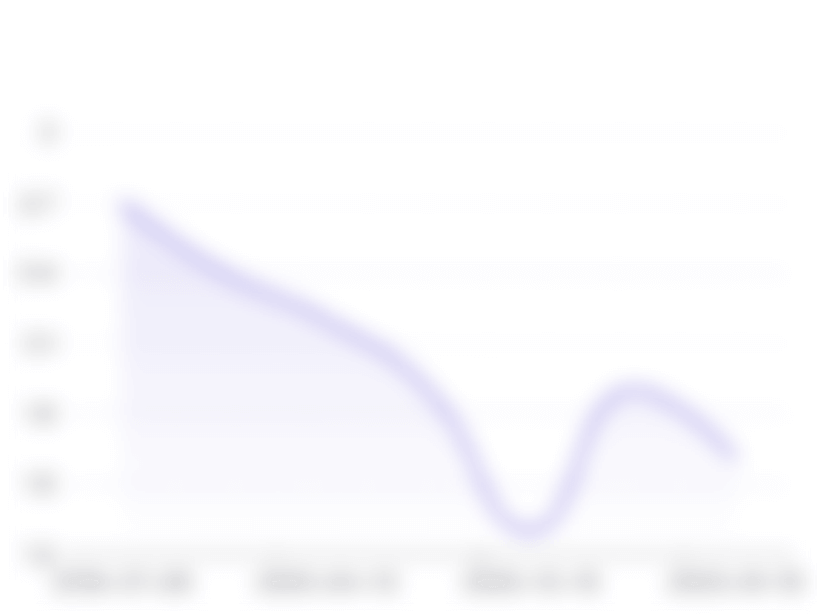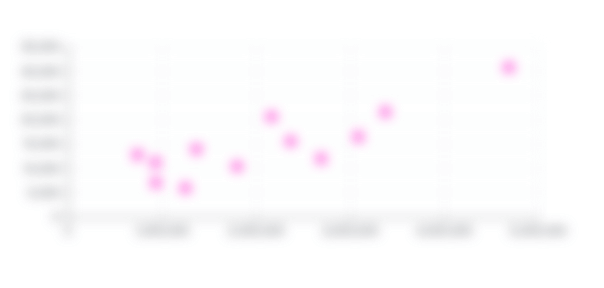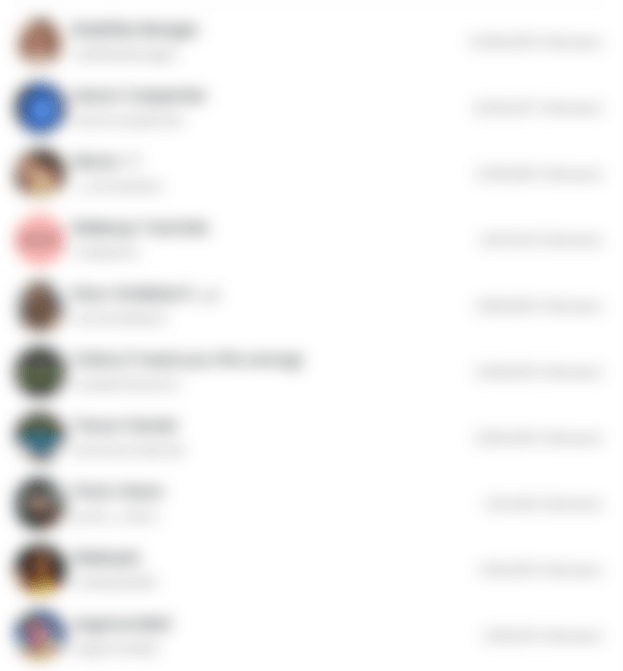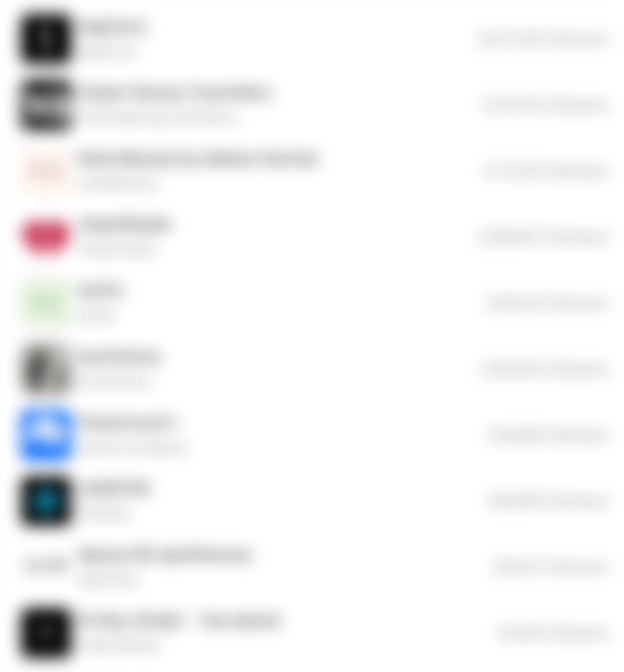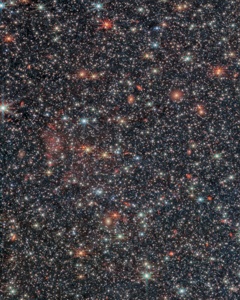




Official NASA's James Webb Space Telescope account
Launch: Dec. 25, 2021. First images: July 12, 2022.
Verification: http://nasa.gov/socialmedia
24.1% @nasawebb کے فالوورز خواتین ہیں اور 75.9% مرد ہیں. پوسٹز پر اوسط انگیجمنٹ کی شرح تقریباً 9.19% ہے. پوسٹ فی میں اوسط لائکس کی تعداد 324,883 اور اوسط کمنٹس کی تعداد 845 ہے.
@nasawebb کو یہ دلچسپی ہے کہتعلیم،
خبریں،
پینٹنگ،
وزیوالزیشن۔

3,547,165
فالورز

9.19%
انگیجمنٹ شرح

325,728
پوسٹ فی انگیجمنٹ
324,883
پوسٹ فی میں اوسط لائکس
845
پوسٹ فی میں اوسط تبصرے

65,550
عالمی رینکنگ

36,421
ملک کی رینکنگ

4,951
زمرہ رینکنگ
فالور اور پوسٹ کی روند
انگیجمنٹ شرح میں ترسی کی روند
آڈیانس کی جنس
آبادی میں پاؤں چڑھ چڑھ کر رہنے والی عمر
دلچسپیاں
انگیجمنٹ شرح
لائکس اور تبصرے
نمائندہ اثرکنندگان
آڈیانس برانڈ موافقت
مشابہ اکاؤنٹس
تازہ ترین پوسٹس
* کاپی رائٹ: مواد بنانے والے افراد پہلے سے ہی کاپی رائٹ کے مالک ہوتے ہیں. یہ معلومات تصاویر، متن، ویڈیوز، پوسٹ اور پروفائل عوامی جائیدادوں اور متعلقہ سوشل میڈیا میں عوامی دیکھنے کے لئے شائع کی گئی ہیں.
عمومی سوالات: Instagram کی تجزیاتی اور تشریح @nasawebb
Instagram کی تجزیاتی اور اعلاناتی رپورٹوں کو میں کیسے دیکھوں / اندازہ لگاؤں @nasawebb کے لئے؟
ستاران گیج وسیع تجزیاتی رپورٹیں فراہم کرتا ہے جو آپ کو @nasawebb کی مکمل تجزیہاتی کوئٹہ فراہم کرتی ہیں. آپ مختلف پہلوؤں کی تلاش کرسکتے ہیں، جن میں Instagram فالور اعداد و شمار کا تجزیہ، جیسے فالور اور پوسٹز کی ترسیل کی روندیں، انگیجمنٹ شرح، اور اس کی ترسی کے علاوہ متوسط لائکس اور کمنٹس کی تعداد، آپ کے فالورز یا آیڈیانس کی ذمہ داریوں کے اطلاعات، برانڈ موافقت کے ڈیٹا، موضوع سے متعلق مینشنس کی معلومات، مماثل اکاؤنٹس، اور تازہ ترین پوسٹز کی وجہ پیش کرتی ہے.
Instagram پر @nasawebb کے فالوورز کی موجودہ تعداد کیا ہے؟
تازہ ترین اپ ڈیٹ کے مطابق، Instagram پر @nasawebb جمع کر تصدیق شدہ 3,547,165 فالوورز کی قائمے داری کی ہوئی ہے.
Instagram پر @nasawebb کی مکمل ریپورٹ میں کون سی معلومات اور تجزیات شامل ہیں؟
ہماری Instagram تجزیاتی رپورٹ نے سمجھا رکھا ہے کہ @nasawebb کی مکمل تشریح کو Instagram پر پیش کرتی ہے. یہ رپورٹ وقت کے ساتھ فالورز کی ترسیل کی دستاویزی معلومات ، انگیجمنٹ کی شمولیت اور پوسٹ بدلتی حالت ، ہفتہ واری اور ماہانوی بنیادوں پر شامل ہیں. اس تفصیلی رپورٹ تک رسائی حاصل کرنے کے لئے ، کنڈلی راجسٹر کریں اور نئا سٹاران گیج اکاؤنٹ بنائیں یا اپنے موجودہ اکاؤنٹ میں لاگ ان کریں.
Instagram پر @nasawebb کی انگیجمنٹ شرح کو زمانے کے ساتھ کیسے ٹریک کیا جاسکتا ہے؟
جی ہاں ، ستاران گیج کی تجزیاتی ٹولز کی مدد سے آپ Instagram پر @nasawebb کے انگیجمنٹ شرح کی وجہ زمانے کے ساتھ ٹریک کر سکتے ہیں. یہ ڈیٹا آپ کو تشخیص دے سکتا ہے کہ @nasawebb کے انگیجمنٹ کے اقدام کیسے کام کرتے ہیں.
Instagram پر @nasawebb کے آڈیانس کی جانچ پڑتال کرنے کے لئے دریافت کیسے کیا جائے؟
Instagram پر @nasawebb کی آڈیانس کی جانچ پڑتال یکساں اہم ہو سکتی ہے. یہ آپ کو اپنے ٹارگٹ ایڈیانس کے بارے میں معلومات فراہم کرتا ہے جیسے عمر، جنس، مقام اور دلچسپیوں کے بارے میں ہونے کا نتیجہ یہ ہوتا ہے کہ آپ اپنے آڈیانس کو بہتر مطابقت کے ساتھ لاہوتی ہیں.
Instagram پر @nasawebb کے ساتھ میری مارکیٹنگ سٹریٹیجی کو بہتر بنانے کے لئے برانڈ موافقت ڈیٹا کا استعمال کیسے کیا جاسکتا ہے؟
برانڈ موافقت ڈیٹا ایک طاقتور ٹول ہے جو آپ کو معلوم کر سکتا ہے کہ آپ کی آڈیانس سب سے زیادہ دلچسپی رکھنے والے برانڈز یا پروڈکٹس کے بارے میں کیا سوچتے ہیں. یہ معلومات آپ کو آپ کے ٹارگٹ ایڈیانس کے ساتھ آپ کے تأثر کے کونٹنٹشن میں اضافہ کرنے میں مدد کر سکتی ہیں.


